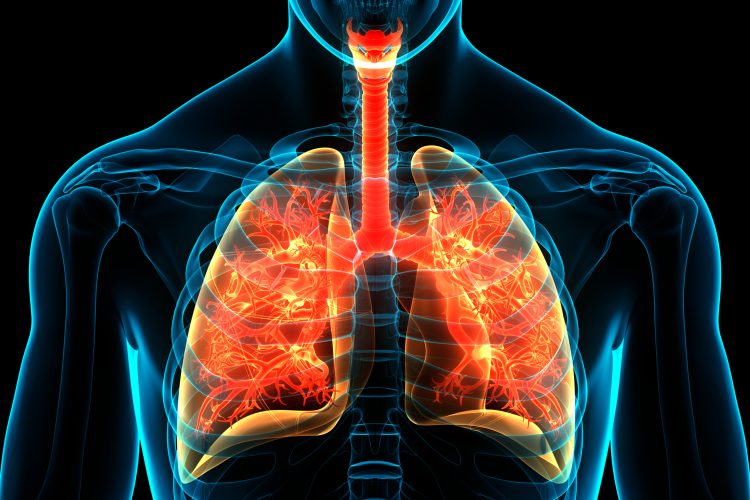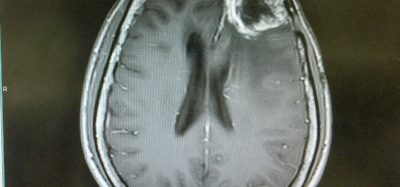Nasal spray gene therapy shows potential to treat lung diseases
Posted: 27 May 2025 | Drug Target Review | No comments yet
Researchers at Mass General Brigham have developed a new gene therapy delivery system, AAV.CPP.16, that targets the lungs via nasal spray, which could offer a potential breakthrough in respiratory gene therapy.


Scientists at Mass General Brigham have unveiled a new viral delivery system designed to efficiently target the lungs and respiratory airways. The new adeno-associated virus variant, called AAV.CPP.16, can be administered through a nasal spray and has demonstrated remarkable efficacy in preclinical models. The findings, published in Cell Reports Medicine, offer hope for more effective treatments for respiratory diseases like pulmonary fibrosis and COVID-19.
A new frontier in gene delivery
The aim of gene therapy is to precisely deliver therapeutic genes to specific tissues in the body, a task typically assigned to adeno-associated viruses (AAVs). However, traditional AAV vectors have struggled to target the lungs effectively. Originally designed to penetrate the central nervous system, AAV.CPP.16 unexpectedly showed a strong ability to enter lung cells, inspiring researchers to explore its use in respiratory therapy.
“We noticed that AAV.CPP.16, which we initially engineered to enter the central nervous system, also efficiently targeted lung cells,” explained senior author Dr FengFeng Bei, of the Department of Neurosurgery at Brigham and Women’s Hospital. “This prompted us to further investigate AAV.CPP.16 for intranasal gene delivery to the respiratory airways.”
Biomarkers aren’t just supporting drug discovery – they’re driving it
FREE market report
From smarter trials to faster insights, this report unpacks the science, strategy and real-world impact behind the next generation of precision therapies.
What you’ll unlock:
- How biomarkers are guiding dose selection and early efficacy decisions in complex trials
- Why multi-omics, liquid biopsy and digital tools are redefining the discovery process
- What makes lab data regulatory-ready and why alignment matters from day one
Explore how biomarkers are shaping early drug development
Access the full report – it’s free!
Superior performance in preclinical studies
AAV.CPP.16 was rigorously tested in various models, including cell cultures, mice and non-human primates. In all cases, it significantly outperformed previous AAV variants such as AAV6 and AAV9. Its success lies in its ability to effectively deliver genes directly to the lungs when administered intranasally, a non-invasive and patient-friendly approach.
Using this enhanced delivery method, the team successfully administered gene therapy in two key disease models. First, they targeted pulmonary fibrosis, a chronic lung condition characterised by scar tissue formation, by delivering genes that prevent scarring. Second, in a model of COVID-19, AAV.CPP.16 was used to deliver antiviral genes that inhibited the replication of SARS-CoV-2, the virus responsible for the disease.
Looking ahead
While the results are early and more research is needed before human trials can begin, the outlook is very promising. Intranasal delivery using AAV.CPP.16 could allow for safer, more effective gene therapies for a range of lung diseases.
“Although further research is needed, our findings suggest that intranasal AAV.CPP.16 has strong translational potential as a promising delivery tool for targeting the airway and lung,” said Bei.
As the research of gene therapy continues to develop, innovations like AAV.CPP.16 are taking us closer to targeted and less invasive treatments for complex respiratory conditions.
Related topics
Covid-19, Drug Delivery, Drug Development, Gene Therapy, Translational Science
Related conditions
Covid-19, Lung disease, Pulmonary fibrosis
Related organisations
Department of Neurosurgery at Brigham and Women’s Hospital, Mass General Brigham








